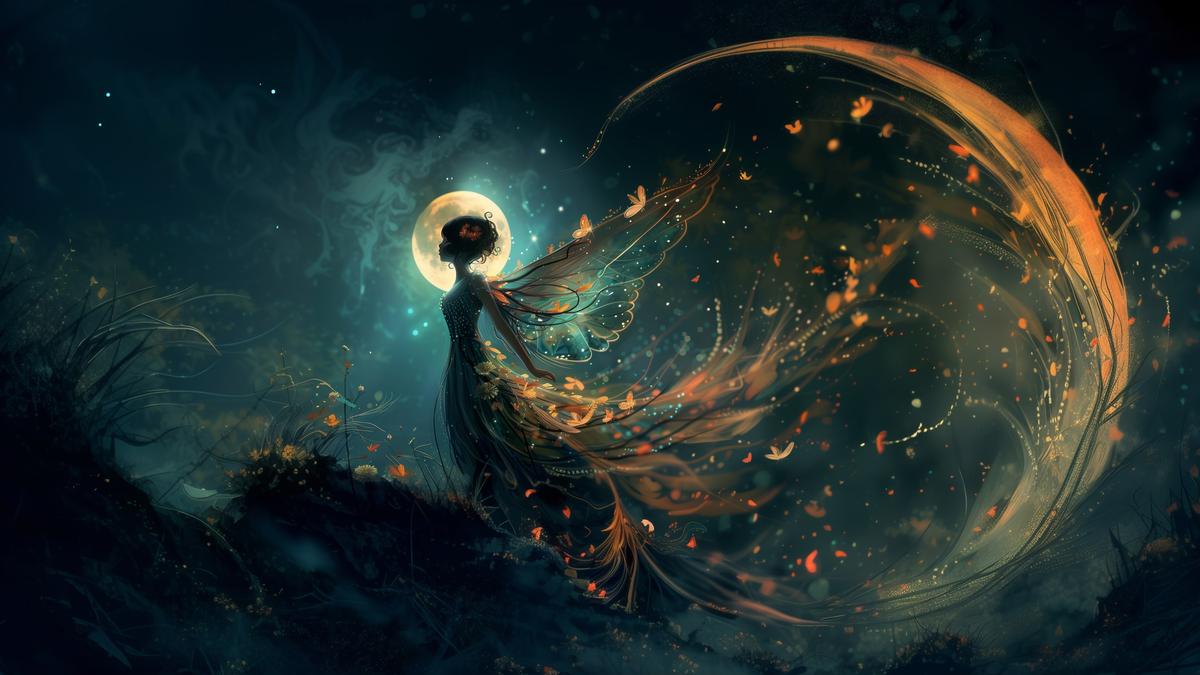
Heralds of heritage
The Hindu
Discover the fascinating stories behind mythical creatures like dragons, unicorns, and more that serve as symbols of national importance in various countries around the world.
If someone were to tell you that the unicorn is Scotland’s national animal, you might find it hard to believe and might dismiss it as a jest. However, it’s true—the graceful and majestic mythical creature that has adorned many a child’s lunchbox and been featured in multiple games, TV shows, and movies is indeed the official national animal of Scotland. Even though unicorns are mythological, Scots have always felt drawn to what they represent: fierce independence and an untamable spirit, sentiments that especially resonated with the country’s royalty. The unicorn was first introduced to the royal coat of arms of Scotland around the mid-1500s. Prior to the Union of the Crowns in 1603, Scotland’s coat of arms was supported by two unicorns. When King James VI of Scotland became James I of England, he replaced one of the unicorns with the lion, the national animal of England, symbolising unity between the two countries. However, unicorns had appeared on Scotland’s currency even earlier, with James III issuing gold coins called the unicorn and half-unicorn around 1484.
In Edinburgh, you can spot unicorns at various historic sites, including the Palace of Holyroodhouse, Edinburgh Castle, and St Giles’ Cathedral. The spirit of the unicorn endures in Scotland. This enduring symbol is celebrated every year on National Unicorn Day, April 9, showcasing Scotland’s deep-rooted admiration for this legendary creature.
The Druk, or The Thunder Dragon, is a mythological creature of profound significance in Bhutan, embodying strength, protection, and the power of nature. Traditionally, the sound of thunder reverberating through Bhutan’s mountains and valleys is believed to be the voice of dragons, leading to the country’s name, Druk Yul, or “Land of the Thunder Dragon.” Bhutanese monarchs are called Druk Gyalpo, meaning “Thunder Dragon Kings,” underscoring the dragon’s symbolic importance.
Featured prominently on the national flag, the Druk symbolises national identity and reverence. The flag’s dragon design, possibly influenced by centuries-old Chinese motifs (according to online sources), grasps jewels in its claws, representing national wealth and perfection. Originally green, the dragon is now white, symbolising purity and the loyalty of various ethnic groups within Bhutan. This mythological symbol encapsulates the nation’s spiritual heritage and cultural unity, making it an enduring emblem of Bhutanese pride and identity.
What is the first thing that comes to your mind when you think of Singapore? Perhaps it’s the stunning skyline, the vibrant mix of cultures, or the mouthwatering cuisine. But for many, the iconic image of the Merlion immediately springs to mind. The Merlion, a mythical creature with the head of a lion and the body of a fish, is an important national symbol of Singapore.
The origins of the Merlion date back to 1964 when it was designed as an emblem for the Singapore Tourism Board. The lion head represents the lion that the city-state’s name is derived from—Singapura means “lion city” in Malay—while the fish body symbolises Singapore’s humble origins as a fishing village.
The Merlion quickly became a beloved symbol of Singapore, embodying the nation’s identity as a city that blends modernity with tradition and innovation with heritage. Today, the Merlion statue at Merlion Park is a popular tourist attraction, drawing visitors from around the world to marvel at its unique design and to capture a photo with this legendary creature, standing as a proud sentinel of Singapore’s past, present, and future.

In a breathtaking display of musical prowess, the Singspirations, a Tiruchi-based choir group, in collaboration with the Glauben Ensemble and the Genesis Chamber Orchestra, presented a sublime performance of Wolfgang Amadeus Mozart’s Requiem in D minor, K. 626, in its entirety, mesmerising audiences.












